Enjoying the Classics in Graphic Novel Format
by Marcia Allen, Collections Manager
It’s a wonderful, old epic and one of too few examples of literature written in Old English. Experts don’t know when it was composed or by whom, but they believe it to have been written around the year 1000. It’s the tale of a Scandinavian hero who makes a sea journey to the hall of the Danes to fight a marauding monster called Grendel. “Beowulf,” the name of the both the hero and the poem recording his adventures, is one of our oldest English classics.
Of course, the circumstances and customs are far removed from our own, but an outstanding graphic novel, illustrated and retold by Santiago Garcia and David Rubin, is an excellent depiction of the story which brings the tale to life. Filled with grisly images of battle, “Beowulf” is a thrilling and violent testimony to the nature of the poem. The cursed hall, the mother’s revenge, and the final struggle are all here in colorful panels.
For another look at a treasured epic, try Homer’s poem, “The Odyssey,” retold and illustrated by Gareth Hinds. This marvelous adventure follows the trials that Odysseus and his men suffered on the voyage home from the siege of Troy. It opens with Odysseus’s son bemoaning the greed of his mother’s would-be suitors, who freely feast on the family’s bounty. From there, we follow the treacherous voyage through perils like the hungry cyclops, whom Odysseus must blind in order to avoid becoming a meal.
What’s remarkable about this illustrated version is the lavish attention to characters and to action-filled scenes. Many of the panels are truly beautiful, especially the ocean views, while others, like Odysseus’s encounter with his deceased parents, are shadowy representations of ghostly figures.
Hinds has also created a graphic novel adaptation of some of Edgar Allan Poe’s more familiar works. Entitled “Poe: Stories and Poems,” the book is a lavishly-illustrated tribute to the eerie literature we all love. “The Tell-Tale Heart,” for example, has an unsettling depiction of the soon-to-be victim’s eye, and the stealth of the murderer is drawn in dark blue panels. The final revelation conveys all the horror of the crime hidden beneath the floor.
Hinds’ illustrations of “The Raven” are also compelling. This time, he uses full-page artwork to accompany lines of the poem. In fact, his drawing of the raven subtly blends skulls and skeletal hands into the feathers of the bird, and the final page features Poe’s grave with raven atop the stonework.
Ready for another famous tale? Try “The Complete Don Quixote,” originally by Miguel de Cervantes, but illustrated and adapted by Rob Davis. We see the famous old gentleman reading books of the lost days of chivalry. While he desires to write a book about chivalry, he suddenly discovers that he can become an adventurous knight, and off he goes to begin his hilarious adventures. The dialogue of the book and the constantly changing facial expressions make this graphic novel a standout.
This last graphic novel is not dedicated to a single work of literature: it is a compilation of some 25 famous poems, each illustrated in a different fashion. Artist Julian Peters created the exquisite “Poems to See By” as his own interpretation of each poem. The lines of “Caged Bird” by Maya Angelou, for example, are written on panels that appear to be quilt blocks, so the lines dance across the page. Peters’ drawings that accompany “Musee des Beaux Arts” by W.H. Auden are incredibly detailed, especially his depiction of Brueghel’s “Landscape with the Fall of Icarus,” which has the requisite bystanders missing the splash into the ocean.
Each of the books mentioned above is beautifully executed, but they are mere samples of the many talented offerings available for you. In you have not already done so, please explore the graphic novel selections the library offers.


 School’s out, temperatures are soaring, and summer’s now in full swing. Though this may be a summer unlike any other, there are still some constants, including teens with a lot of free time. With so many regular summer pastimes unavailable, this is a great time to explore all the great YA books available, from new titles by favorite authors to escapism and more. All of these titles are readily available, either digitally on
School’s out, temperatures are soaring, and summer’s now in full swing. Though this may be a summer unlike any other, there are still some constants, including teens with a lot of free time. With so many regular summer pastimes unavailable, this is a great time to explore all the great YA books available, from new titles by favorite authors to escapism and more. All of these titles are readily available, either digitally on 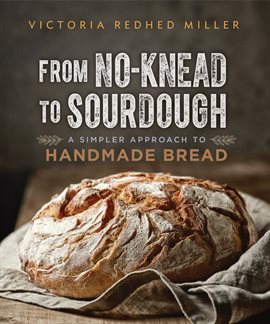 For the last couple of months, I have been working from home. It took me a week or two to realize I would need to take a more active role in establishing a new work-life balance. In normal times, this balance can be difficult enough, but is largely determined just by the physical separation of your home and your workplace. When those two places merge, however, more of an effort is required to make the distinction between when you’re at work, and when you’re not.
For the last couple of months, I have been working from home. It took me a week or two to realize I would need to take a more active role in establishing a new work-life balance. In normal times, this balance can be difficult enough, but is largely determined just by the physical separation of your home and your workplace. When those two places merge, however, more of an effort is required to make the distinction between when you’re at work, and when you’re not.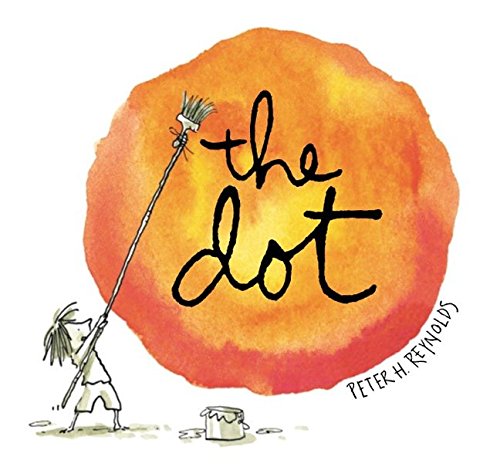 This summer will be very different for all of us, especially for our children. Unlike years past, we are not marking the end of a season with graduations, summer parties, and vacations. Our usual camps, clubs, and programs have been canceled. All of this uncertainty is leading many families, especially the kiddos, to feel unfamiliar stress and anxiety. Children manifest stress in ways that can look different than adults. Mood swings, bedwetting, thumb sucking, acting defiant, and bullying are all expressions of stress in children.
This summer will be very different for all of us, especially for our children. Unlike years past, we are not marking the end of a season with graduations, summer parties, and vacations. Our usual camps, clubs, and programs have been canceled. All of this uncertainty is leading many families, especially the kiddos, to feel unfamiliar stress and anxiety. Children manifest stress in ways that can look different than adults. Mood swings, bedwetting, thumb sucking, acting defiant, and bullying are all expressions of stress in children.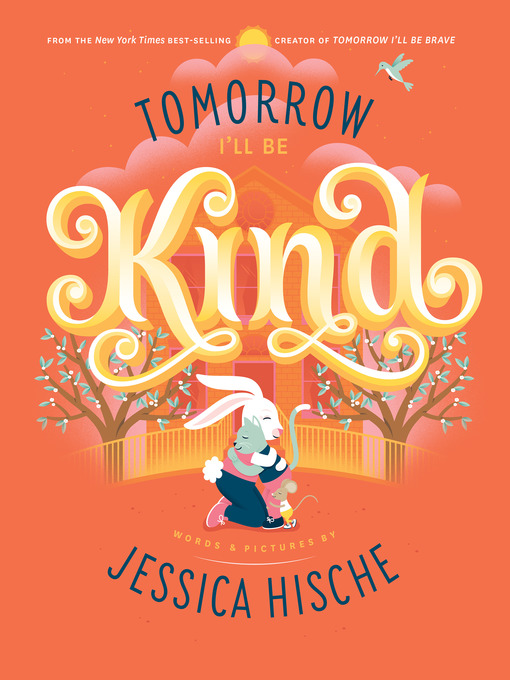 Although the joy of school letting out might not feel the same for kids this year, it is still an important accomplishment that leads into a time of letting loose a little bit. Kids will be ready for some fun reading time of whatever books they like the most. The library is still hosting the annual Summer Reading program, with online registration starting Monday to earn prizes by reading, and with some online programs for all ages starting in June.
Although the joy of school letting out might not feel the same for kids this year, it is still an important accomplishment that leads into a time of letting loose a little bit. Kids will be ready for some fun reading time of whatever books they like the most. The library is still hosting the annual Summer Reading program, with online registration starting Monday to earn prizes by reading, and with some online programs for all ages starting in June.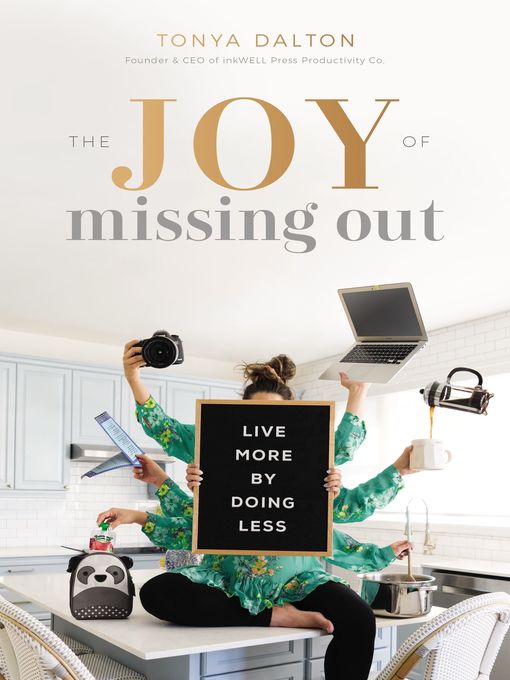 It is a time of transition. We just found out about a week ago that the library could open again soon, giving managers the go-ahead to make schedules and refine our plans to restore services in a way that is as safe as possible for staff and patrons. While some in our community are planning for reopening, some are recovering from illness, others are looking for jobs, and all of us continue to adjust to the new normal of regularly wearing masks, attending Zoom gatherings, and increased hand-washing. No matter what changes we face in the next few months, we can all use a little help to navigate them.
It is a time of transition. We just found out about a week ago that the library could open again soon, giving managers the go-ahead to make schedules and refine our plans to restore services in a way that is as safe as possible for staff and patrons. While some in our community are planning for reopening, some are recovering from illness, others are looking for jobs, and all of us continue to adjust to the new normal of regularly wearing masks, attending Zoom gatherings, and increased hand-washing. No matter what changes we face in the next few months, we can all use a little help to navigate them. Reconnecting. When deciding what to write for this week’s column, I wanted to choose a topic that was light and easy; to write about what has been a comfort to me in an otherwise uncomfortable time. Many of us have had a hard time switching gears, slowing down and focusing on quieting our minds from the chaos going on all around us. Now more than ever, reading has been such a comfort and escape for many. I started sheltering at home by attempting to read a new book I found at the library.
Reconnecting. When deciding what to write for this week’s column, I wanted to choose a topic that was light and easy; to write about what has been a comfort to me in an otherwise uncomfortable time. Many of us have had a hard time switching gears, slowing down and focusing on quieting our minds from the chaos going on all around us. Now more than ever, reading has been such a comfort and escape for many. I started sheltering at home by attempting to read a new book I found at the library.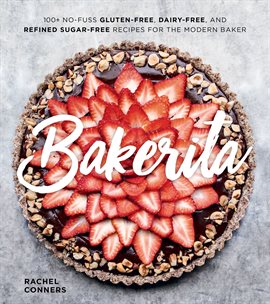 Food is something we as humans need to survive, but sometimes preparing our own meals can seem quite daunting. We may be restricted by a limited budget, minimal cooking skills, difficulty getting to the store, or exhaustion after a long day. All of these things can become obstacles to creating a meal at home. Finding a recipe should not be one of these obstacles, as the library has hundreds of digital cookbooks available to help you find the inspiration you need to make your next delicious home-cooked meal. Personally, I’ve been exploring new recipes as a way to pass the time at home, and I find it helps keep things interesting, as I am unable to eat the same meal day-after-day. I’ve also found trying new recipes to be a great way to refine my cooking skills while saving a few dollars. For some food inspiration, check out the following items available on Manhattan Public Library’s digital libraries:
Food is something we as humans need to survive, but sometimes preparing our own meals can seem quite daunting. We may be restricted by a limited budget, minimal cooking skills, difficulty getting to the store, or exhaustion after a long day. All of these things can become obstacles to creating a meal at home. Finding a recipe should not be one of these obstacles, as the library has hundreds of digital cookbooks available to help you find the inspiration you need to make your next delicious home-cooked meal. Personally, I’ve been exploring new recipes as a way to pass the time at home, and I find it helps keep things interesting, as I am unable to eat the same meal day-after-day. I’ve also found trying new recipes to be a great way to refine my cooking skills while saving a few dollars. For some food inspiration, check out the following items available on Manhattan Public Library’s digital libraries: While physical books are unavailable at the library at least for now, there are still plenty of options for those who love new books.
While physical books are unavailable at the library at least for now, there are still plenty of options for those who love new books. 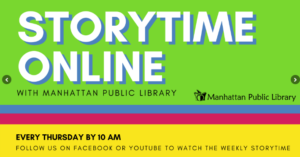 The Children’s Room of the library was eerily quiet the afternoon I went in to gather as many storytime supplies as I could tote out to my car. After I delivered some puppets, books and silly hats to my co-workers, we set about creating a few online storytimes. Our hope is to reconnect in this way with the families we miss seeing at the library, and with new families who are looking for something fun for their young children to do. Our “
The Children’s Room of the library was eerily quiet the afternoon I went in to gather as many storytime supplies as I could tote out to my car. After I delivered some puppets, books and silly hats to my co-workers, we set about creating a few online storytimes. Our hope is to reconnect in this way with the families we miss seeing at the library, and with new families who are looking for something fun for their young children to do. Our “